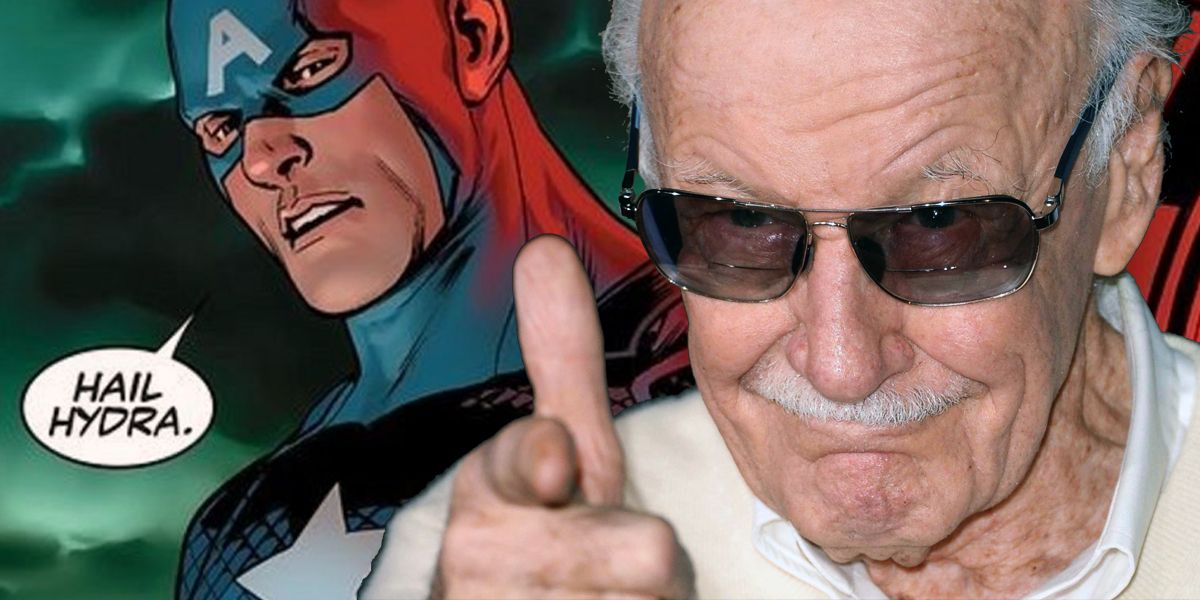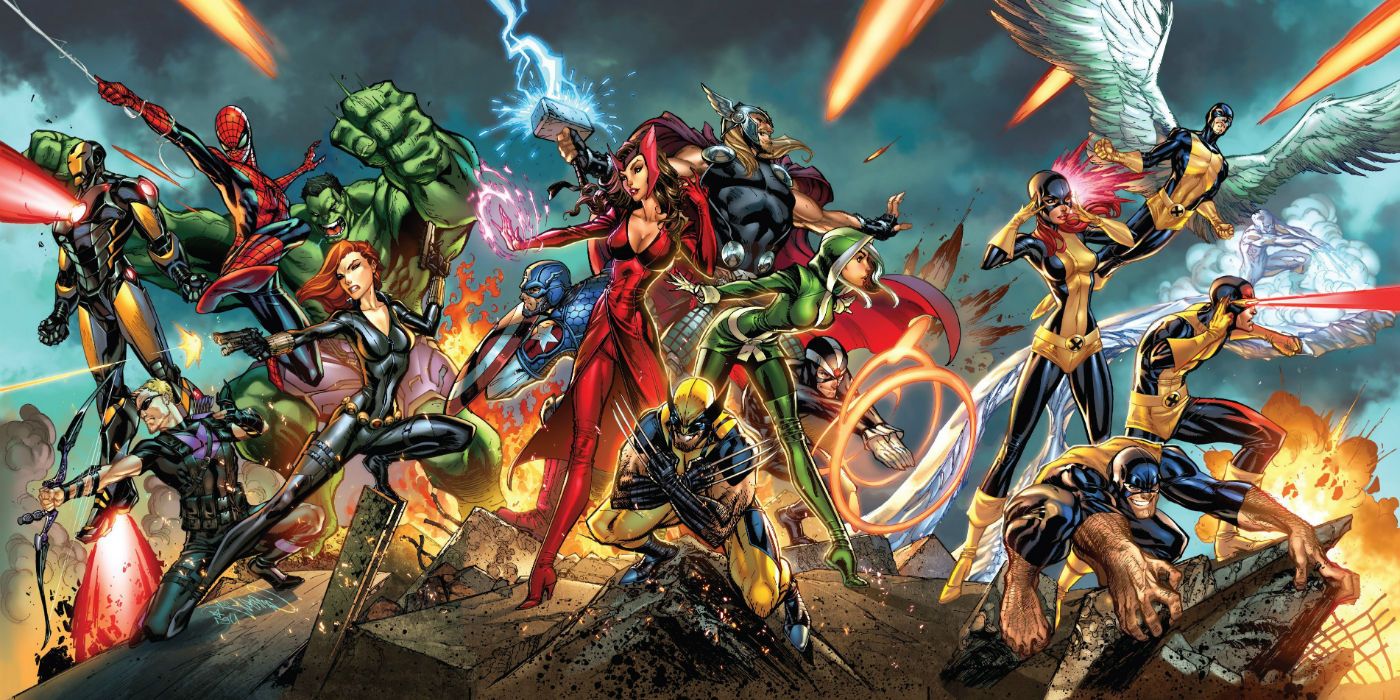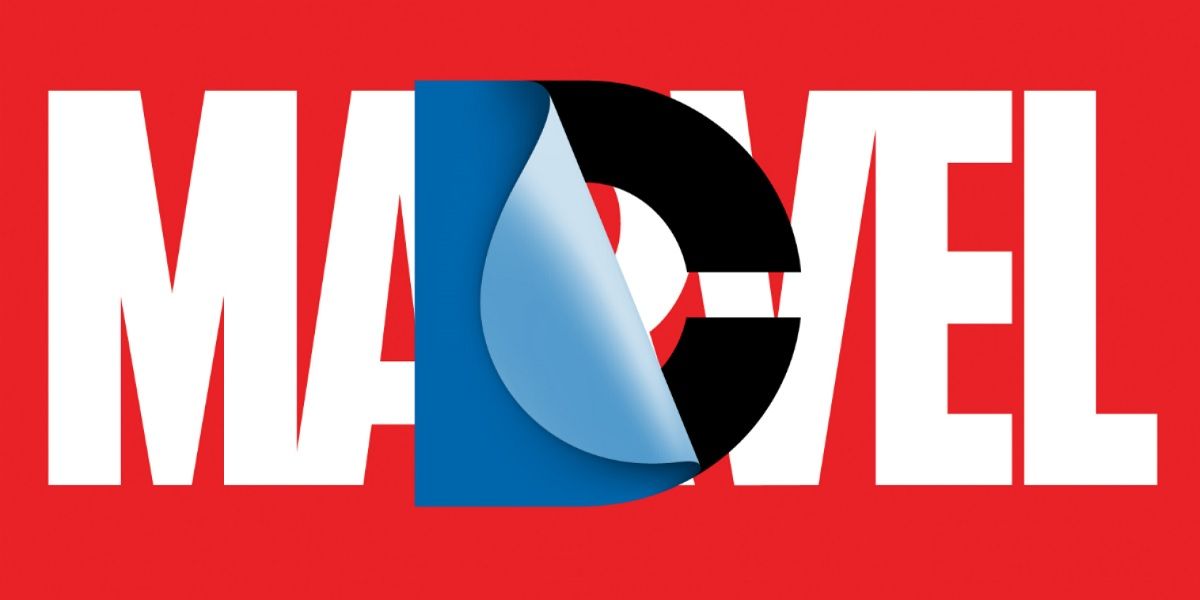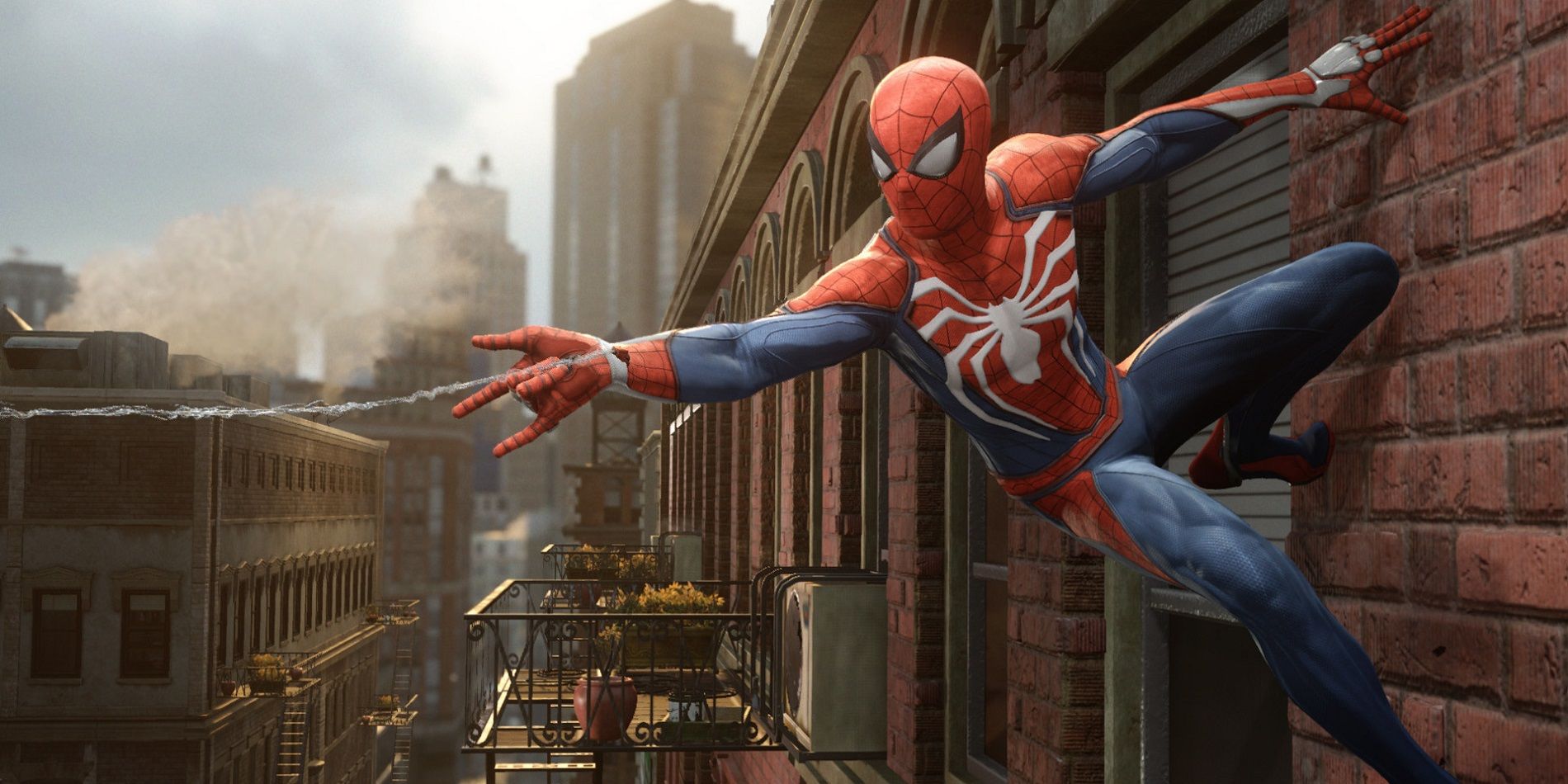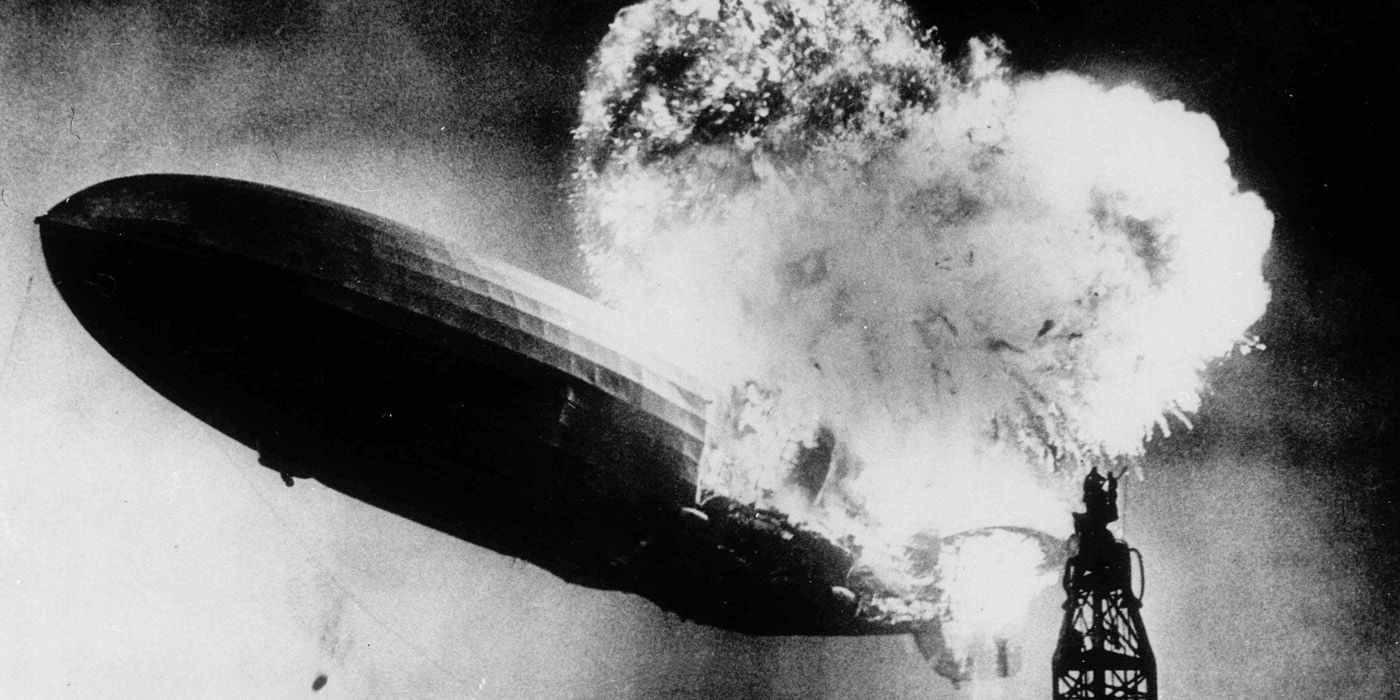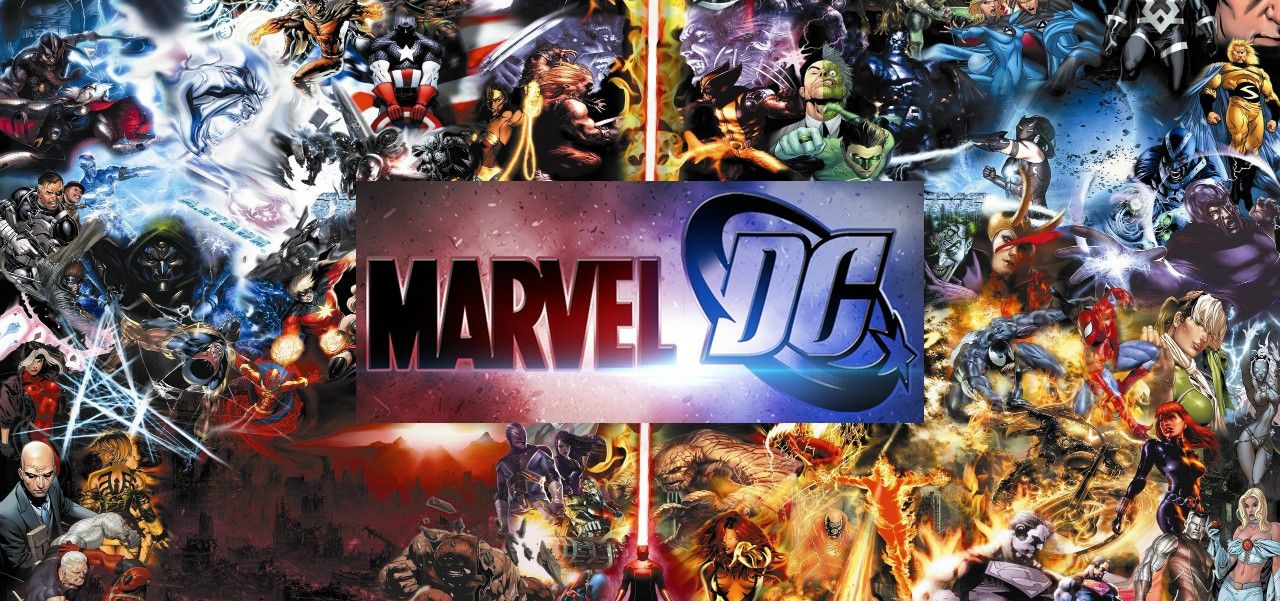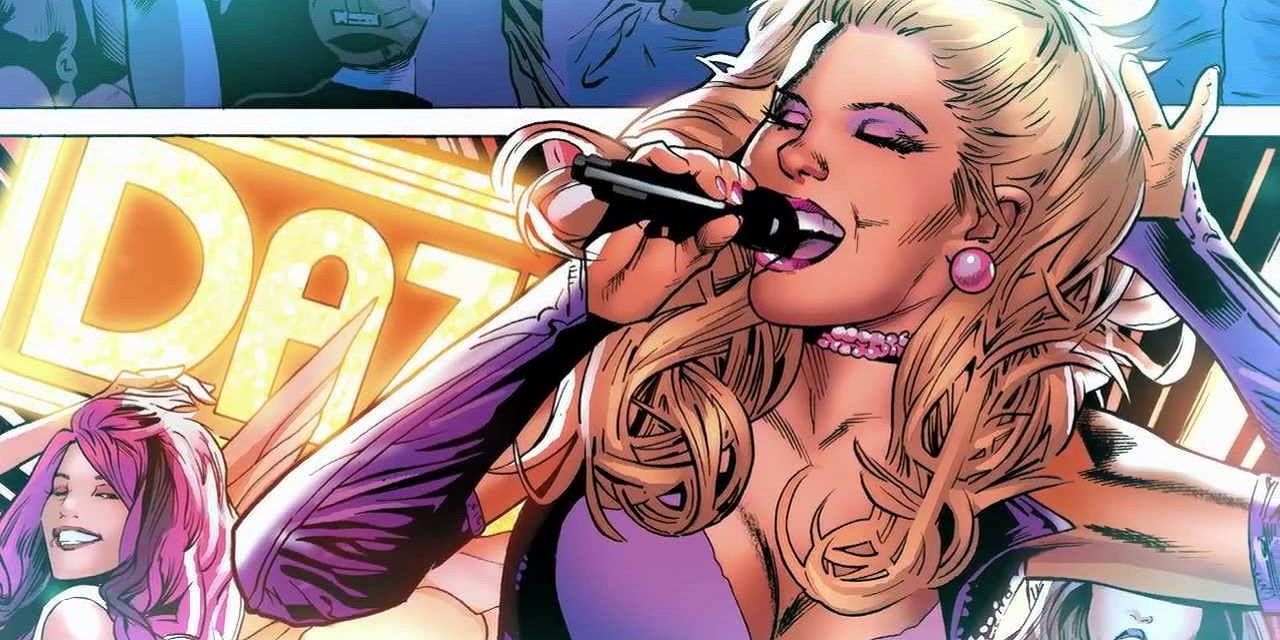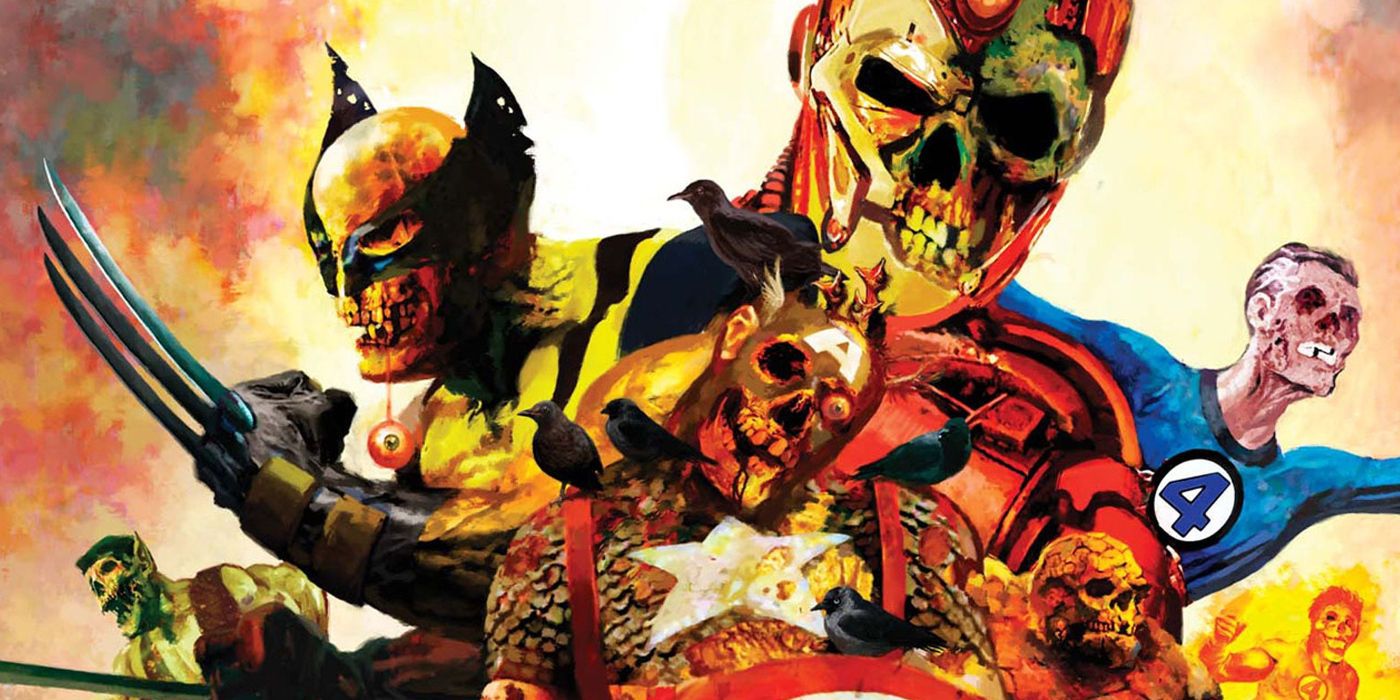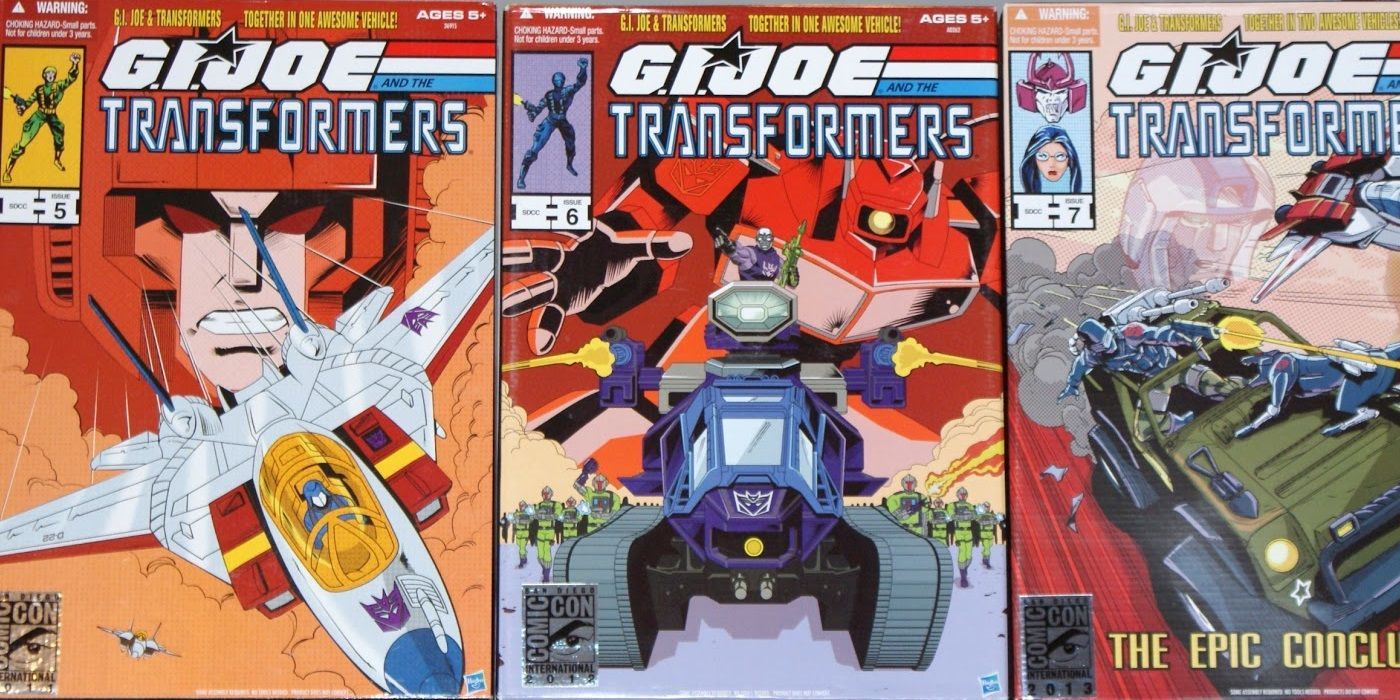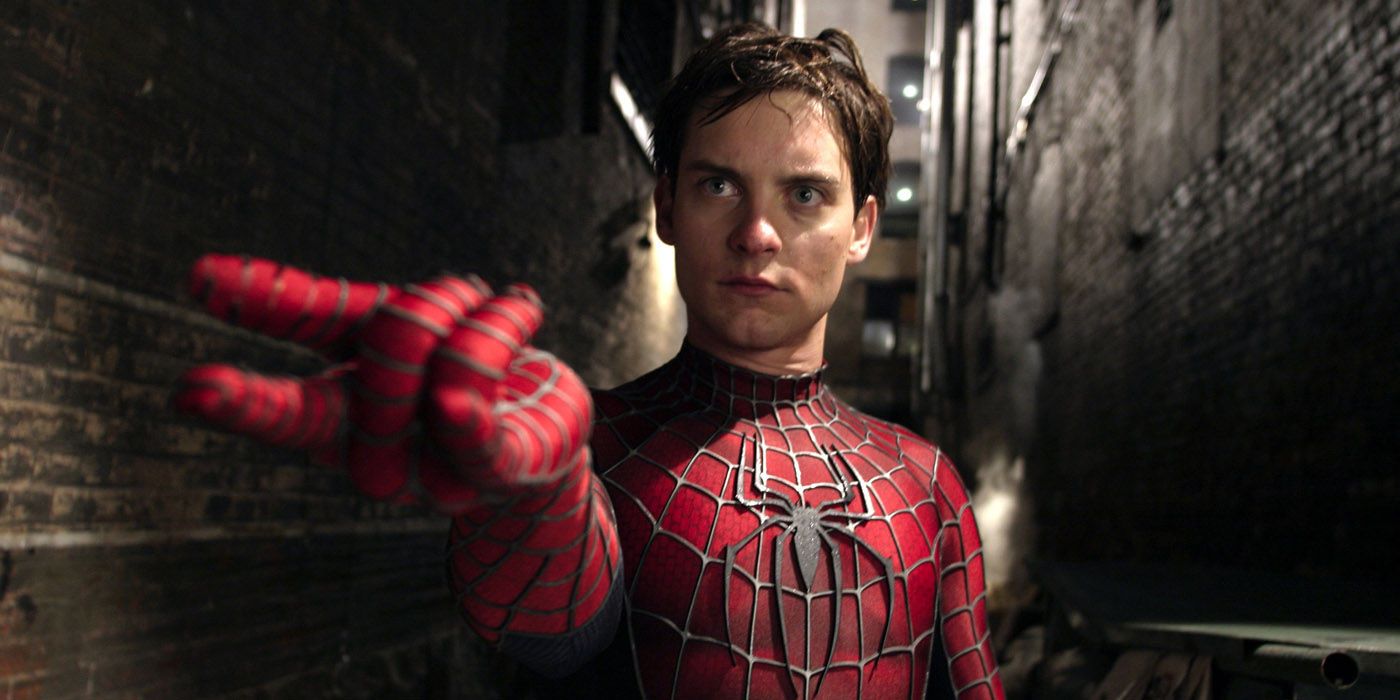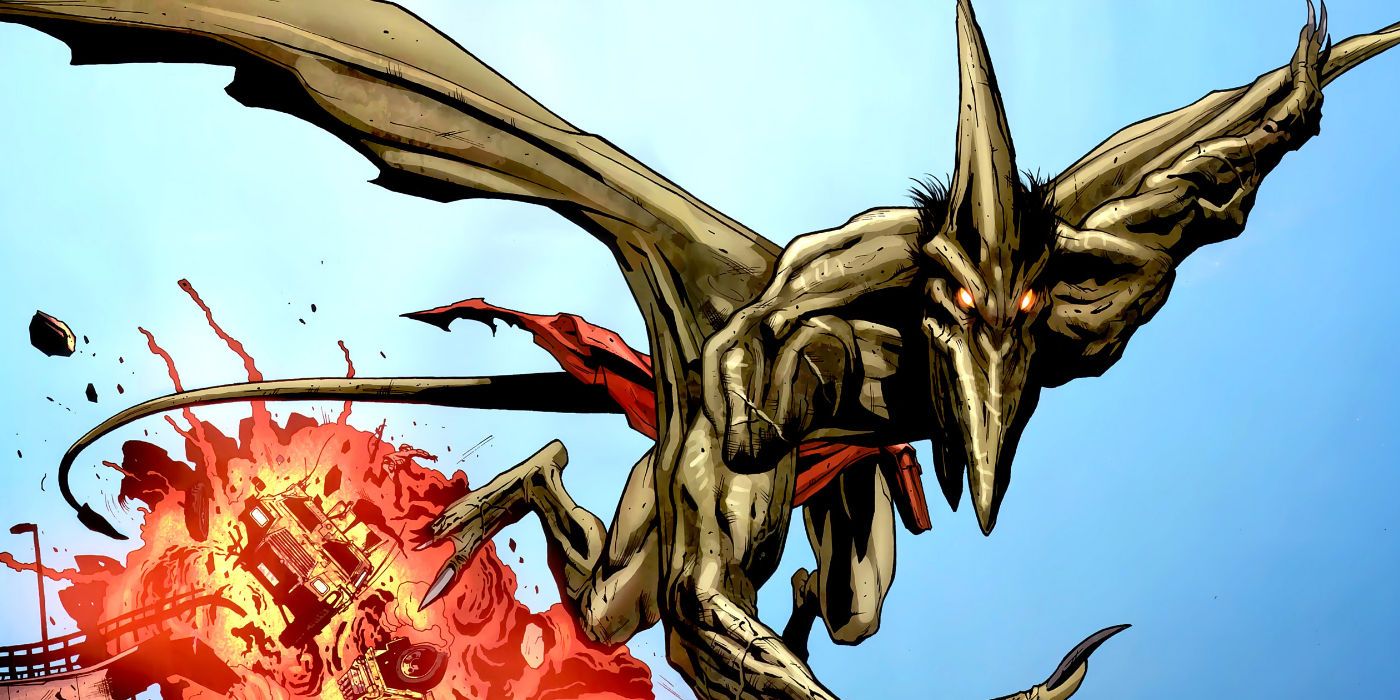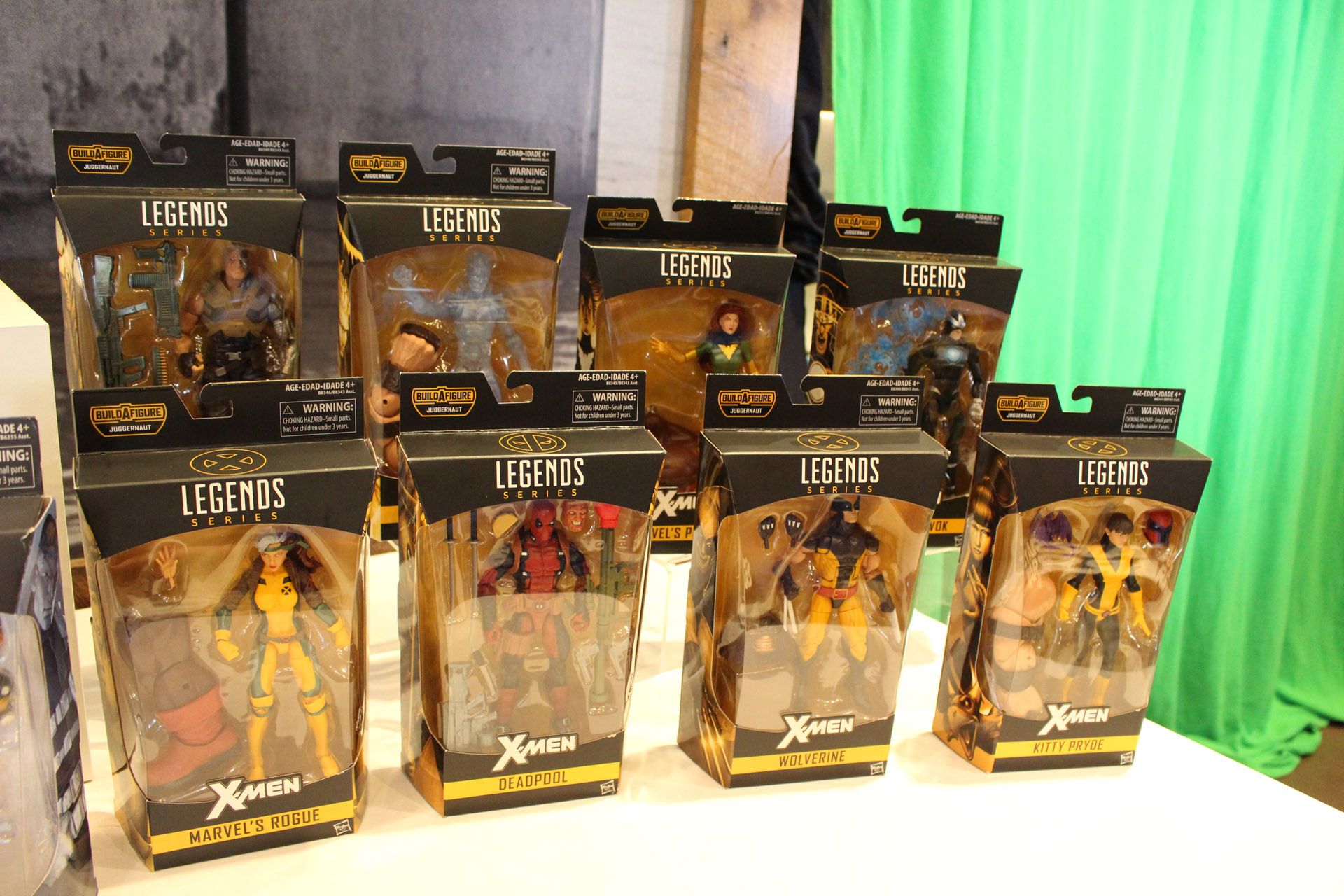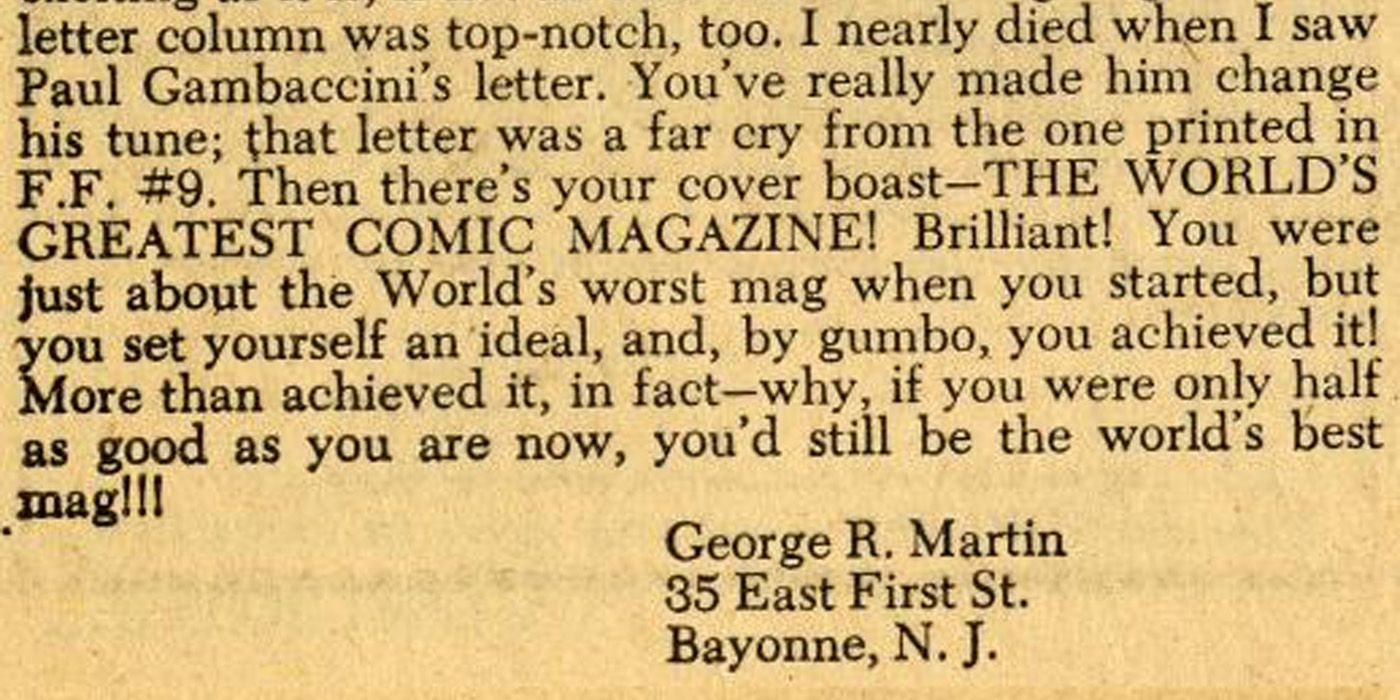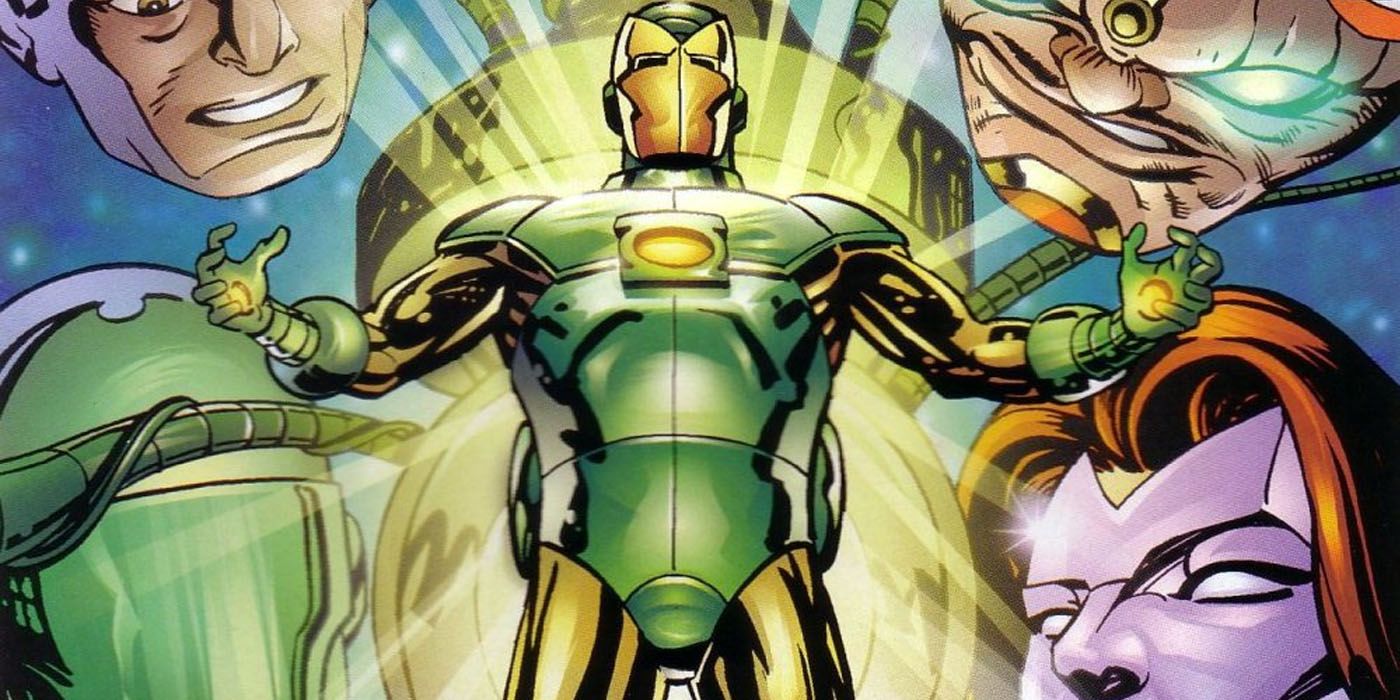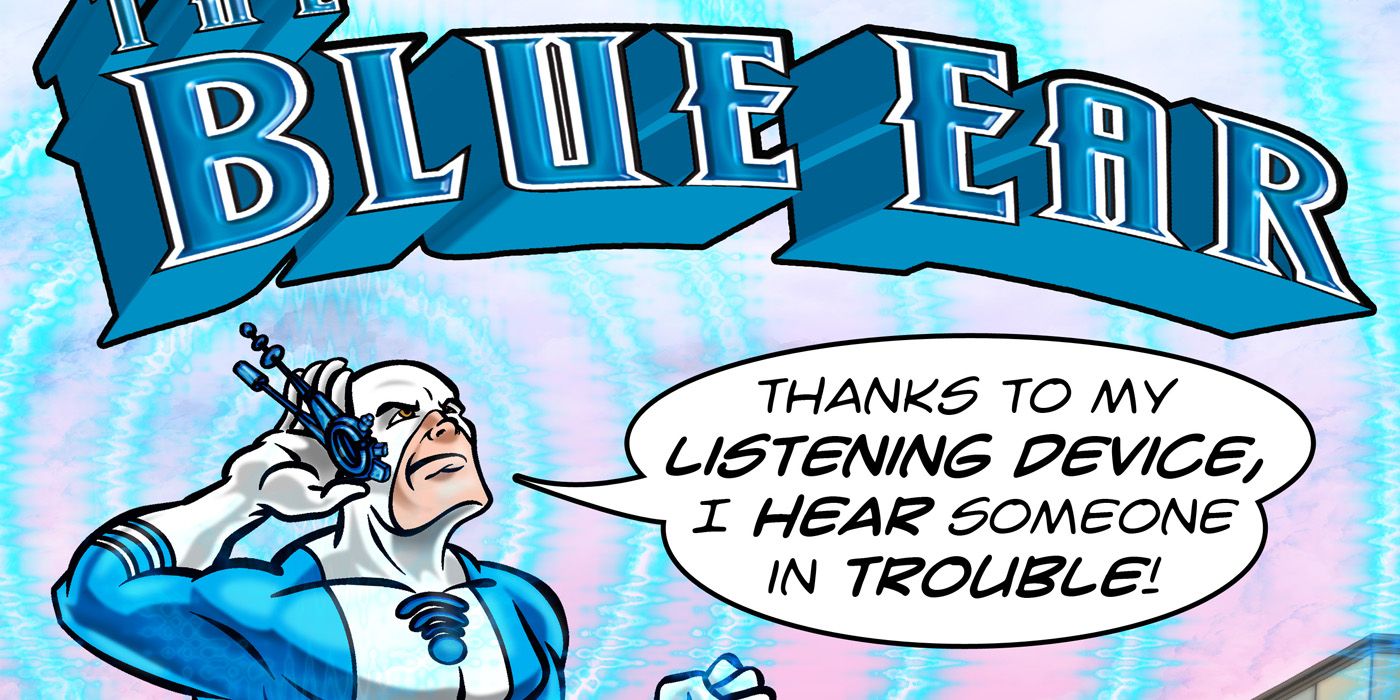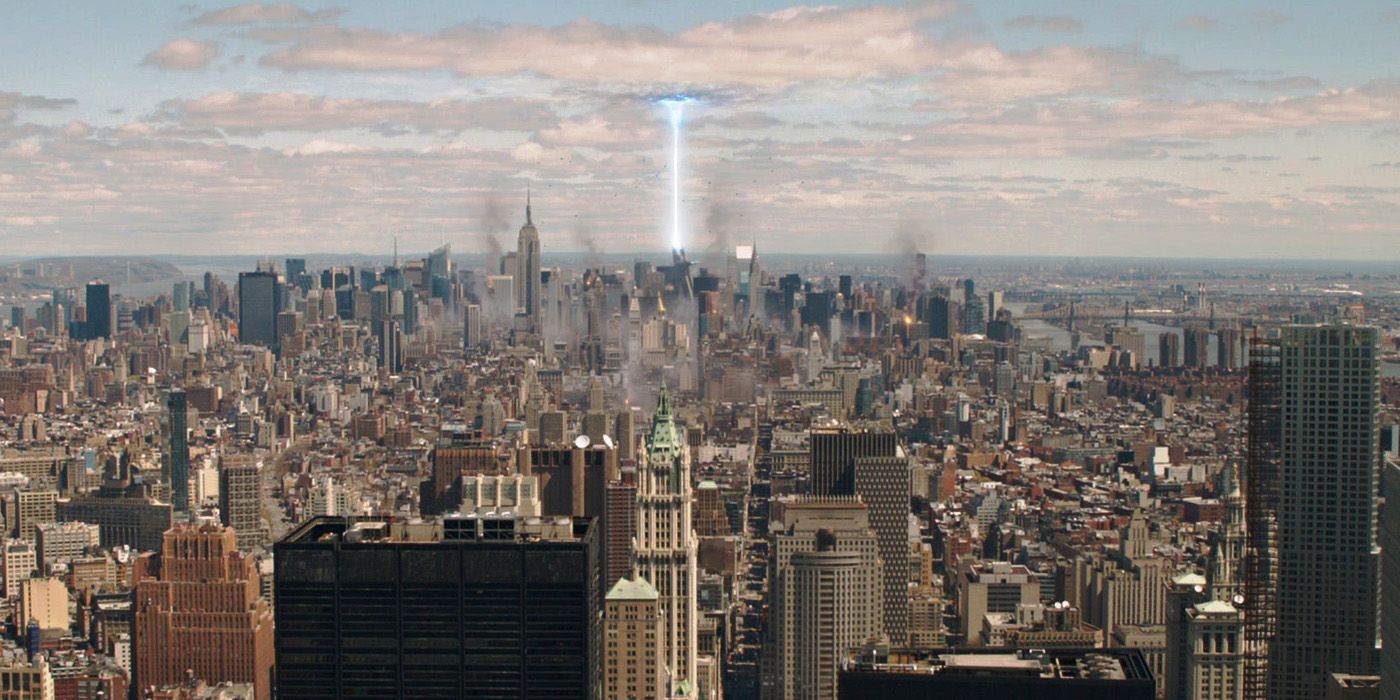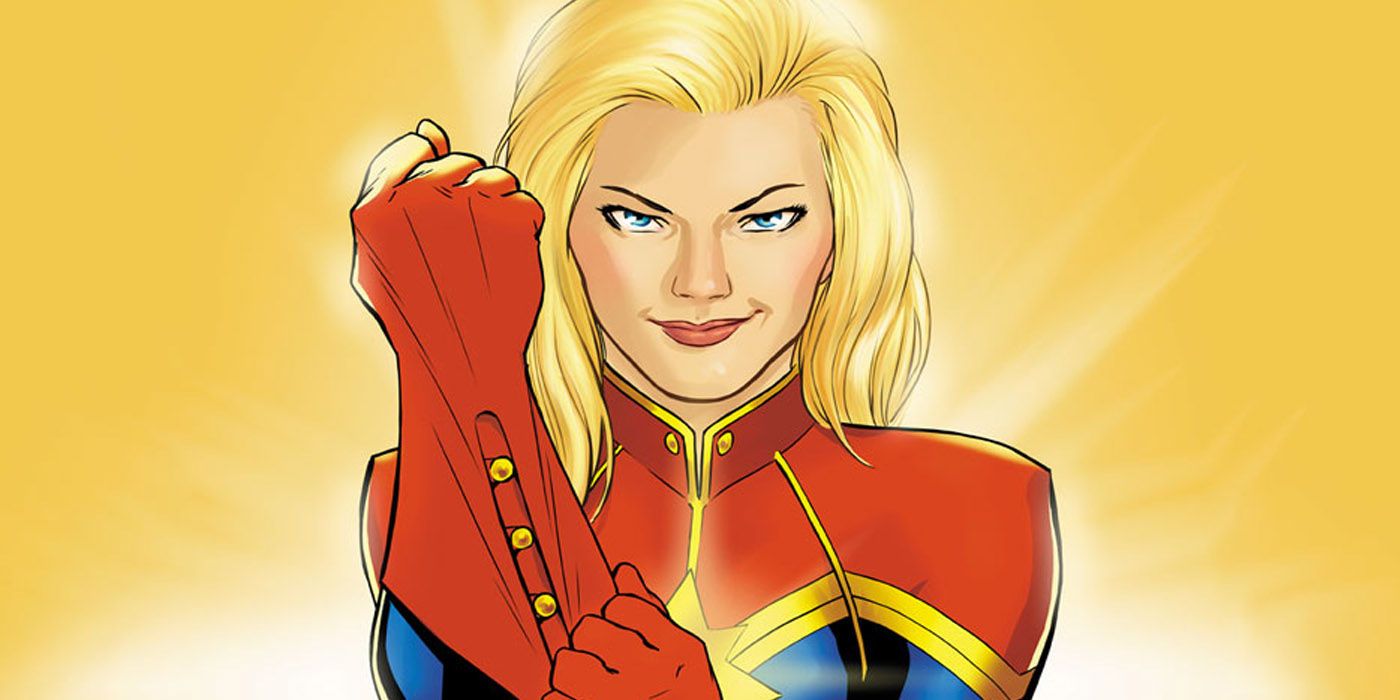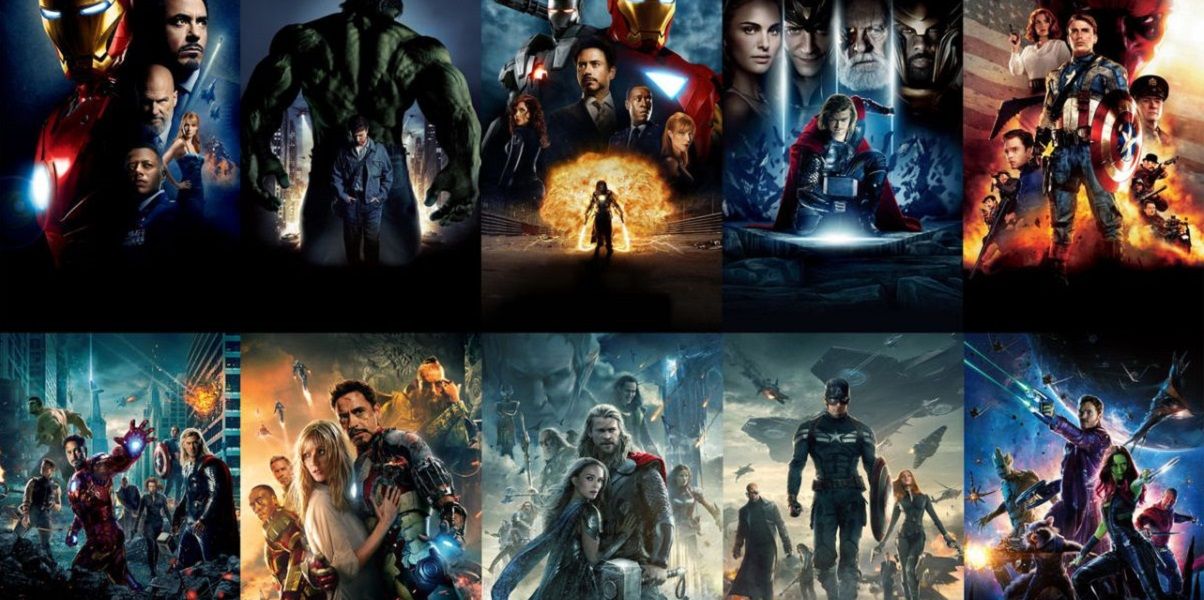Marvel is one of the biggest names in comic books, and over a seventy-seven year history, they've gone from a minor publisher to a household name. Marvel has definitely had some ups and downs along the way, before reaching powerhouse status today with comics, movies, TV series and vast amounts of merchandise.
Like its many beloved characters, the company has had some adventures (and misadventures) too – with trademarks, lawsuits, bad ideas, close calls, and famous faces. You might know everything there is to know about your favorite superhero, but how much do you know about the company that publishes them? Read on for seventeen things you probably didn’t know about Marvel.
17. Marvel And DC Co-Own “Superhero”
You might think that a word like “superhero” is in the public domain. It’s commonly used (especially with the current popularity of superhero and comic book movies) and appears in all kinds of contexts, but be warned – try to use “superhero” in the title of a book, and you may be hearing from the lawyers.
Marvel and DC, the two comic book giants, technically co-own the trademark for the word “superhero” (along with alternate spellings such as ‘super hero’ and ‘super-hero’). The two banded together to trademark the word in the late ‘70s, and still own it today. They’ve even taken people to court over the use of the word in book titles. In 2013, Marvel and DC took small publisher Cup ‘O Java to court over a book titled “A World Without Superheroes”, and earlier this year, they filed against an entrepreneur who had written a business book called “Business Zero To Superhero”. This may seem overzealous, but don’t be too hard on the two publishing titans. They legally have to defend the trademark, or they’ll lose it.
16. Marvel Nearly Squashed Spider-Man
For decades, Spider-Man has been one of Marvel’s best-loved superheroes. The friendly neighborhood web-slinger has spawned multiple spin-offs and alternate versions, as well as film franchises, animated series, and countless merchandise. However, Peter Parker very nearly didn’t make it into the pages of the Marvel universe.
When Stan Lee and Steve Ditko first pitched the character to publisher Martin Goodman, he hated the idea. Goodman believed that readers (especially children) hated spiders, so they would hate a character with spider powers. It was a reasonable enough assumption – after all, spiders aren’t exactly winning any prizes for best-loved-critter. However, the character was given a chance in the comics and became a huge hit, leading Goodman to eat his words… and Spider-Man to become one of the world’s most famous superheroes.
15. Marvel’s Founder Was Nearly On The Hindenburg
Martin Goodman isn’t the household name that Stan Lee is, but without Goodman, there would be no Marvel Comics. The publisher started out printing pulp magazines – Westerns, science-fiction, mysteries, etc. He moved on to superheroes in the late ‘30s and early ‘40s with Timely Comics, which became Atlas Comics in the ‘50s, and finally Marvel Comics in the ‘60s.
However, had he been a little better organized in 1937, Marvel Comics may never have been born. 1937 was the year that Goodman was on honeymoon in Europe, and he and his bride hoped to return to the US on the Hindenburg. He attempted to book tickets, but left it too late to be able to get two seats next to each other. Rather than sit separately from his new wife, Goodman booked them onto a plane instead – narrowly missing being one of the passengers lost when the airship famously went down in flames.
14. Marvel Turned Down A Licensing Deal With DC
Marvel and DC have both had their ups and downs, and in the mid-80s, Marvel was up when DC was most definitely down. Because Marvel was doing so well, Warner Brothers (DC’s parent company) contacted them about licensing the publishing rights for every DC character to Marvel. If the deal went through, it would mean that Marvel would be writing the stories for DC characters – in essence, Marvel would take over DC’s entire comic stable.
At first, Jim Galton (Marvel President at the time) turned them down, believing that their rivals's comics weren’t doing well because the characters just weren’t good enough. After the rest of the Marvel team scrambled to explain that the characters themselves weren’t the issue (it was how they were being handled), a deal slowly started to develop that would license all DC characters to Marvel.
But the deal wasn’t meant to be. At the same time, Marvel was being sued for anti-trust violations – for being too successful and essentially taking over the comics market. Although the lawsuit was settled in favor of Marvel, the company decided that taking over their biggest competitor at that point wouldn’t be the smartest move, and DC eventually bounced back on their own.
13. A Pop Star Was A Marvel Editor
No, not Dazzler! You might know Neil Tennant as the lead singer of ‘80s synthpop success the Pet Shop Boys, but before he became a pop star, Tennant worked for Marvel for a few years. Although he wasn’t a writer or inker for the comic stories themselves, the star did spend some time in an editorial position. In 1975, a young Tennant was living in London and worked for Marvel UK. He changed the dialogue of the US comics, anglicizing the writing to make the characters and stories more understandable and relatable for a British readership.
On top of this, he did occasionally write features, although that was a relatively minor part of his work with the company. Post-Marvel UK, Tennant went on to work for other publication companies, including for Smash Hits and ITV Books, before he found fame and fortune as a musician, rather than a writer. Maybe the Pet Shop Boys could write a song for an upcoming Marvel movie, just to bring his story with the comic giant full circle.
12. Marvel Owns The Rights To Zombie, Snikt, and Thwip
Marvel is far from the only publisher to put out zombie comics – and these days, The Walking Dead (Image Comics) and iZombie (DC’s Vertigo imprint) are better known than Marvel Zombies. However, for a few years, Marvel owned the trademark to the word “zombie”. The publisher owned the word from 1976 to 1996, despite the fact that “zombies” had appeared in horror films and books for decades prior to the claim.
However, the comics giant eventually realized that their trademark was unenforceable, in practical terms, and amended their ownership. Instead, they trademarked “marvel zombies”, allowing others to use the broader ‘zombies’. Also under Marvel jurisdiction are the distinctive sounds made by two of their best-known characters, Wolverine and Spider-Man. The company has trademarked both the “snikt” of Wolverine’s claws being unsheathed or retracted, and the “thwip” of Spidey’s webs as he shoots them out. These much more specific trademarks make a lot more sense for the company, and are much easier trademarks to enforce.
11. Marvel Wrote Backstories For Toy Franchises
Although many toy franchises are created second, to tie in to comics, games and TV shows, there are many toys where the idea came first, and the backstory second. In more than one of these instances, Marvel writers and editors have been drafted to write the stories (and often tie-in comics, too). G.I. Joe was one of these, created by Hasbro as a basic concept in the early ‘80s and turned over to Larry Hama at Marvel for development. Hama had already been working on a revamped Nick Fury concept, so he simply took the Fury ideas and transferred them to the new action figure anti-terrorist team, creating G.I. Joe’s story.
After Hama’s work on G.I. Joe proved wildly successful, Hasbro turned to Marvel a second time when working on a new toy line – vehicles that transformed into robots. This time, it was a team of three Marvel writers and editors who got to work on Transformers: Bob Budiansky, Jim Shooter and Denny O’Neil. The three came up with the character names (including Optimus Prime and Megatron) and the basic backstory for the hit toy line long before it became the huge franchise that it is today.
10. Michael Jackson Tried To Buy Marvel (To Play Spider-Man)
Michael Jackson was famous for a lot of different things, but one of his lesser-known loves was comic books. The star owned a huge collection of comics and memorabilia, and was a huge Marvel fan (although he loved DC as well). In the '90s, when Marvel wasn’t anywhere near as financially healthy as it is now, Jackson even seriously considered buying the comics company – the ultimate addition to a comic collection!
He met with the short-lived company Stan Lee Media when Stan Lee was still very much involved with it, attempting to join forces with them to purchase Marvel entirely. Jackson would be putting up most of the cash for the deal, but wanted Stan Lee and his company to help run it – which would have been an interesting team up to say the least.
The deal never happened, of course, but what makes it even more interesting is Stan the Man's later comments on the meetings. According to Lee, Jackson wanted to buy the company because he wanted to play Spider-Man in a movie, and thought that owning Marvel would be the only way to make it happen.
9. Marvel Was Banned From Using Werewolves For 17 Years
In the early ‘50s, there was some concern about the effect of comic books on young minds, especially violent, gory, or horror-based content. In response, the Comics Code Authority was formed to regulate the content of comic books. Books that were approved by the authority as “wholesome” enough got a stamp on the cover stating that they had received CCA approval, and because advertisers didn’t want to be associated with non-approved comics, few books without approval continued to be published.
One of the CCA criteria prohibited “walking dead, torture, vampires and vampirism, ghouls, cannibalism, and werewolfism”, but this just forced the writers to get creative. Cutting out all of their existing monsters, the company instead created new monsters that didn’t technically contravene CCA regulations. One such character was Sauron, an energy-vampire were-pterodactyl. Not technically a blood-sucking vampire or a were-WOLF, the character passed the bar, and Marvel could keep writing the kinds of stories that they wanted to pre-1954. The CCA rules banned werewolves from ’54 to ’71, before being revised, and then eventually abandoned.
8. Marvel Classes X-Men As Non-Human To Exploit A Tax Loophole
Although a huge part of the X-Men universe is the argument that mutants are human, and deserve the same rights and treatment as humans, technically, Marvel classifies them as “non-human” characters. At least, they do when it comes to importing X-Men toys.
Like most other companies, Marvel makes their toy lines abroad and imports them, and for various reasons, “dolls representing human beings” are taxed at around 12%, whereas “toys representing animals or other non-human creatures” are only taxed at 6.8%. In order to exploit this, Marvel argued that mutants aren’t human, but instead are more like robots and monsters – humanoid figures that are not actually human.
Although it’s clear that Marvel argued this point solely to save money, rather than to make a point about the characters themselves, many fans were less-than-thrilled with this classification. There is definitely a bitter irony to the story – the X-Men were created to tell a tale of discrimination and fight for the outsider under-dog, yet became so popular that the creators legally argued for them to be considered non-human. What would Professor X think?
7. George RR Martin Was Published In Marvel Comics
Many years before George RR Martin was breaking our hearts with his slaughter-happy series A Song of Ice And Fire, he was a big fan of Marvel Comics. As a teen in the ‘60s, Martin wrote in to Marvel’s letter pages praising their stories, especially Fantastic Four #17 – his letter raving about that particular issue ended up being published. The letter to Jack Kirby and Stan Lee describes the issue as “stupendous, the ultimate, utmost!”, before Martin gushes about the story, especially the flaws in the heroes (a hero falling down a manhole, a heroine making a mistake).
Martin was also a big fan of the columns, the cover, absolutely everything about the comic – even though he absolutely hated the mag when it first started. A single letter may be a far cry from the epic series that he would become famous for, but Martin’s eloquence and enthusiasm shines through even in this single letter. It’s also clear that he has loved flawed and complex characters since his childhood – clearly, his early inspiration lies (at least in part) with Marvel.
6. Stan Lee Sued Marvel (And Wrote For DC)
Stan Lee may be well-known as the most famous Marvel comic creator, but the writer and publisher haven’t always seen eye-to-eye. In 2005, the face of Marvel sued the company, claiming that Marvel had not paid him the 10% of profits from superhero movies that he was owed. The dispute came down to whether or not Lee was owed his cut before or after the costs of production and distribution were taken into account, and the court ruled in Lee’s favor.
Despite this unfortunate episode, Stan Lee remains on excellent terms with the comic book giant where he found fame as a writer, and he continues to cameo in nearly every Marvel live-action film, something that fans always look forward to. Lee has also worked with Marvel’s biggest competitor in the past, on a series called ‘Just Imagine’. The series saw Lee re-write some of DC’s most famous characters, including Batman, Wonder Woman, Superman, and many other members of the Justice League.
5. Marvel and DC Have A Crossover Series
Although some of the more rabid fanboys will argue that Marvel and DC are at war with each other, the two comic book giants actually seem to get along just fine, and have even worked together in the past. In the 1990s (’96 and ’97, specifically), Marvel and DC created and published a series of crossover comics under the imprint “Amalgam Comics”. The amalgam universe was introduced at the end of a DC vs Marvel crossover event published in ’96, which set superheroes from both universes up against their closest counterparts (Flash vs Quicksilver, for example). 24 amalgam comics followed, each combining a Marvel and a DC character into one new (usually quite hilarious) superhero.
Heroes included the Iron Lantern (Iron Man and Green Lantern), Spider-Boy (Spider-Man and Superboy), and King Lizard (King Shark and The Lizard), among many more. The issues have since been collected into volumes where you can enjoy the entire (slightly bizarre) combination of the two universes.
4. Marvel Created A Superhero With A Hearing Aid For A Deaf Fan
In 2012, a young Marvel fan named Anthony Smith didn’t want to wear his hearing aid – he didn’t see any of his favorite superheroes wearing one, and he thought that if he did, it would mean that he couldn’t be a superhero. His mother wrote to Marvel, expecting her letter to be ignored, but hoping that there was something the comics giant could do to help her son… and Marvel stepped up.
They sent Anthony a cover image from West Coast Avengers, when Hawkeye temporarily lost his hearing and had to wear an aid. Along with the cover, they promised to make Anthony an honorary Avenger if he wore his. As if that wasn’t enough, Marvel then created an entirely new superhero, who used a hearing aid to hear people in trouble and come to their rescue. At first, The Blue Ear appeared only in pin-up form for Anthony, but in 2014, he was introduced in a full comic in partnership with the Children’s Hearing Institute.
3. Marvel Has Always Been Based in NYC
Marvel fans have often commented on the fact that a huge number of Marvel’s stories take place in New York City (in stark contrast to DC, whose heroes fight crime in fictional areas). What many fans don’t realize is that part of the reason behind this is that Marvel has always been based in the Big Apple – throughout the past seventy-seven years, the company has gone through multiple different headquarters, but each one has been in New York. (Marvel UK and other Marvel branches have existed elsewhere, though.)
The various Marvel offices have landed on some famous streets and addresses along the way, too. Marvel has been based on Madison Avenue, Park Avenue, and even in the Empire State Building over the years. Now, the company HQ is on West 50th, in the same building as Entertainment Weekly, Sports Illustrated, Time Warner and multiple other big names in publishing.
2. Marvel Owns The Title “Captain Marvel” (Which Is Why DC’s Captain Marvel Became Shazam)
Among the various other trademarks that Marvel has had over the years, one of the least surprising is that the comic publisher owns the trademark to its own name – and to any comic character using it. This isn’t shocking at all, as Marvel also owns the trademark to all its other character names. However, this one makes the list because Marvel wasn’t the first comic book company to publish a Captain Marvel comic , as DC actually used the title first.
In the 1940s, Fawcett Comics created a Captain Marvel character who became immensely popular. However, DC sued Fawcett for alleged copyright infringement, claiming that the character was a Superman rip-off. After years of court battles, Fawcett folded and agreed to cease publication. Then, in the '70s, DC was looking for new material, and decided to license the character from Fawcett to use themselves.
However, Marvel had created their own Captain Marvel in the late ‘60s, and licensed the name (along with basically anything with Marvel in the title). This trademark eventually forced DC to re-brand the original Captain Marvel as “Shazam”. As a result of this, Marvel now has to keep publishing a “Captain Marvel” comic at all times in order to retain the trademark (and keep DC’s Shazam as Shazam), which is part of the reason that Ms. Marvel took on the title herself.
1. Marvel Nearly Went Bankrupt In The ‘90s
Nowadays, Marvel is known as an absolute powerhouse, raking in money hand over fist. However, just twenty years ago, the company was in a very different financial situation. In ’96, Marvel filed for bankruptcy to pay off its debts (including 1.7 million to Disney), and was forced to fire over a third of the workforce. Sales were down, and plans to reinvigorate the company with CD Roms and trading cards were looking bleak.
The company came up with a risky plan to turn itself around – one that obviously worked, but that came at a cost. Marvel sold the film rights to its characters. The X-Men and the Fantastic Four went to Fox for a flat fee, Spider-Man was sold to Sony, and other properties (such as Blade) went to other production companies. The decision made Marvel some quick cash and kept it in business, but it did far more than that. The films being made from these rights deals were cashing in, leading Marvel to start making their own movies. This, in turn, led to the Marvel Cinematic Universe, and the company’s incredible turnaround. However, it left many of Marvel’s best-loved characters in the hands of others – a situation slowly being remedied as rights-sharing deals are brokered to bring Spider-Man (and others) back to the MCU.
---
Know of any other fun factoids surrounding Marvel Comics? Be sure to share in the comments section!

